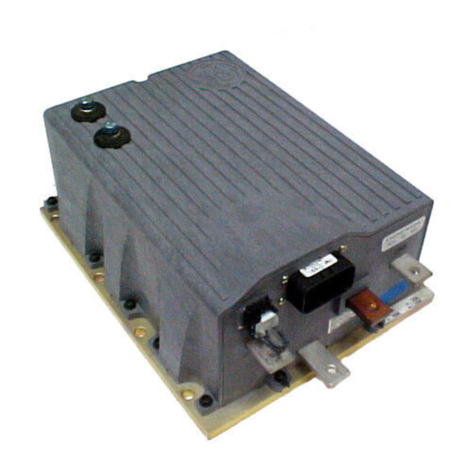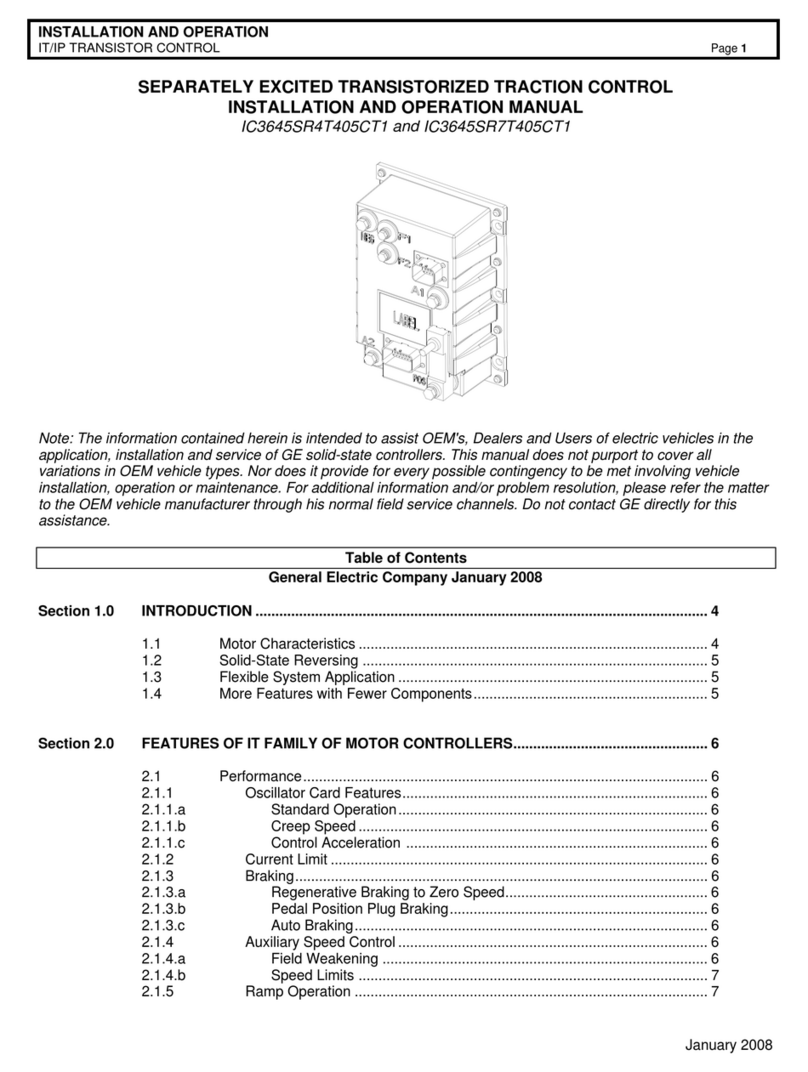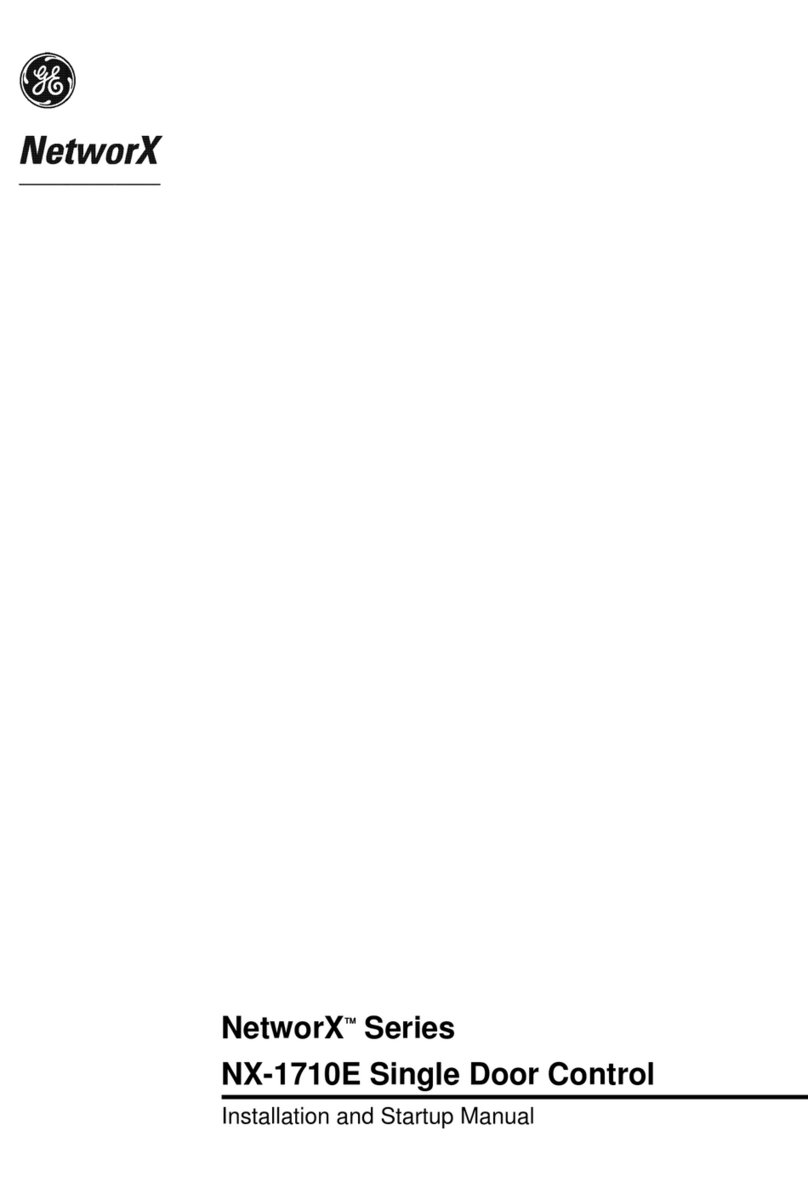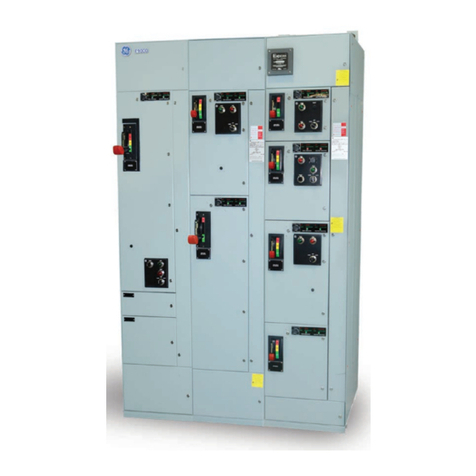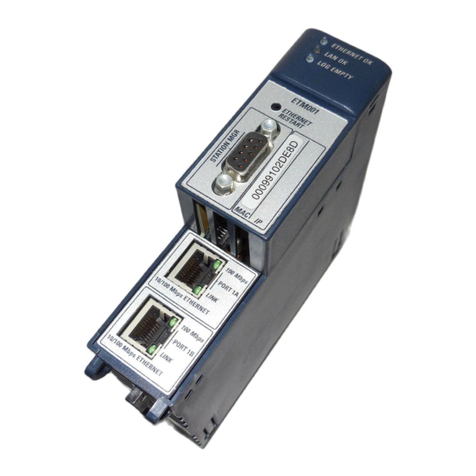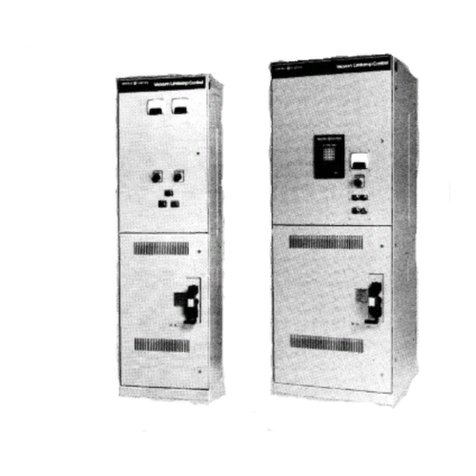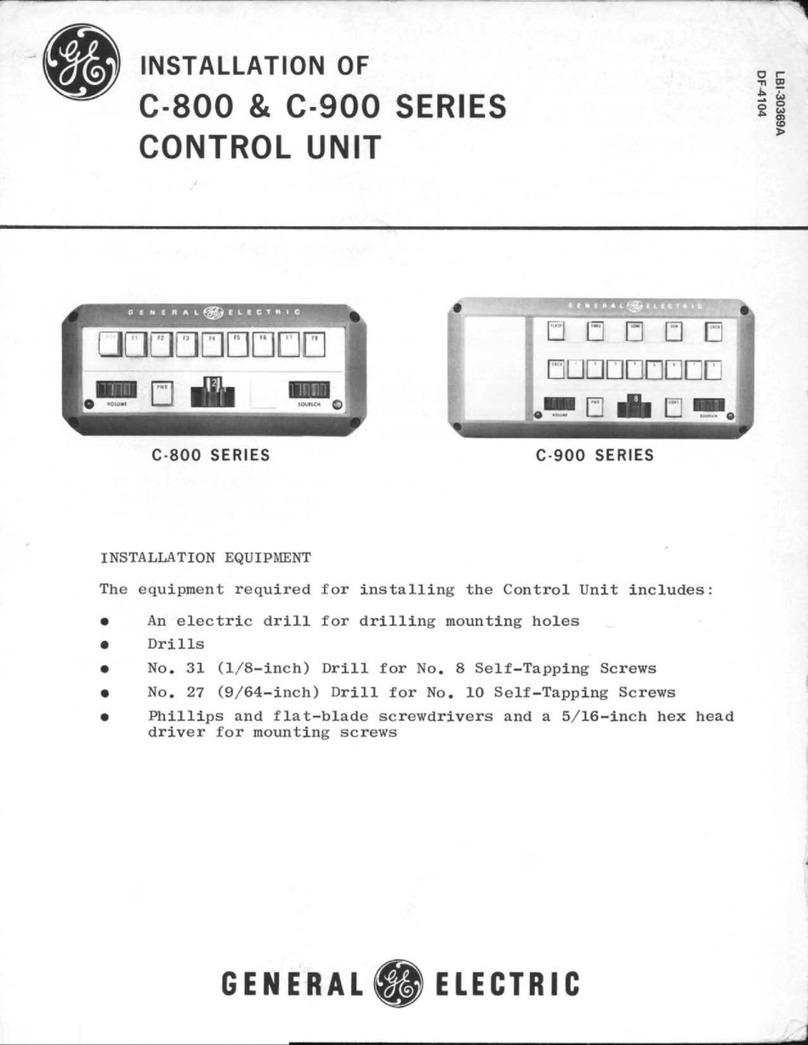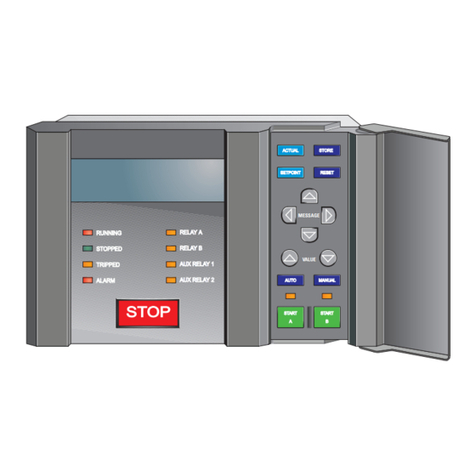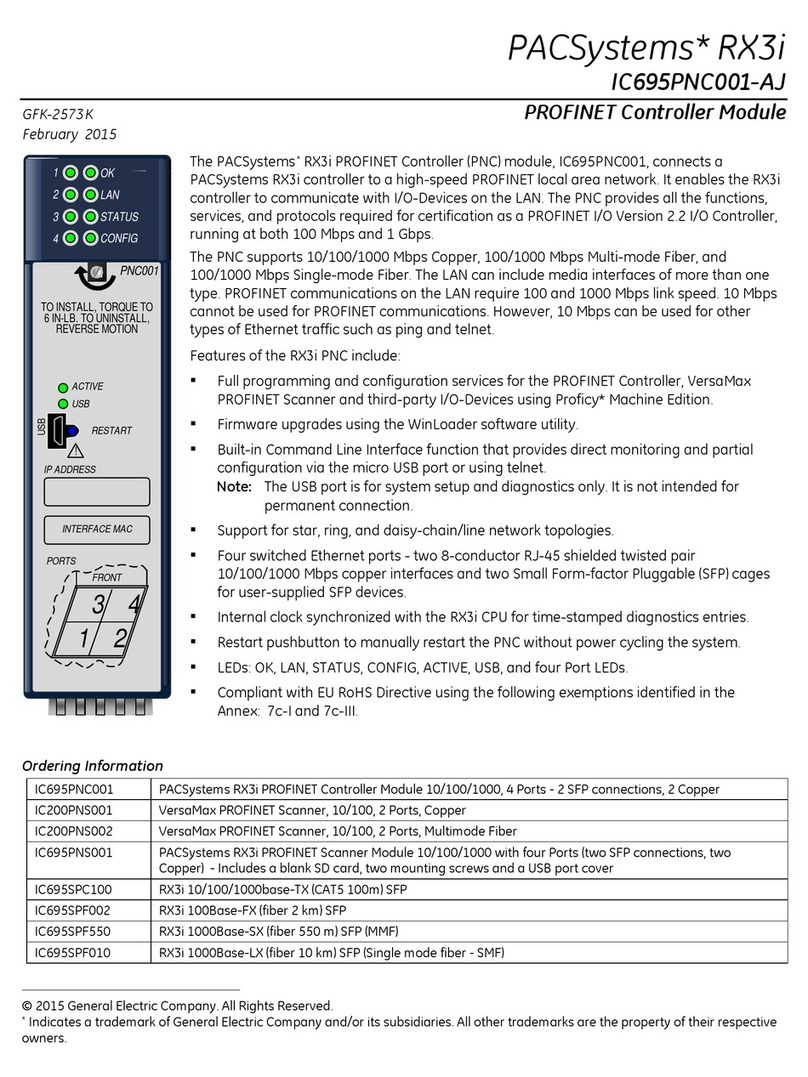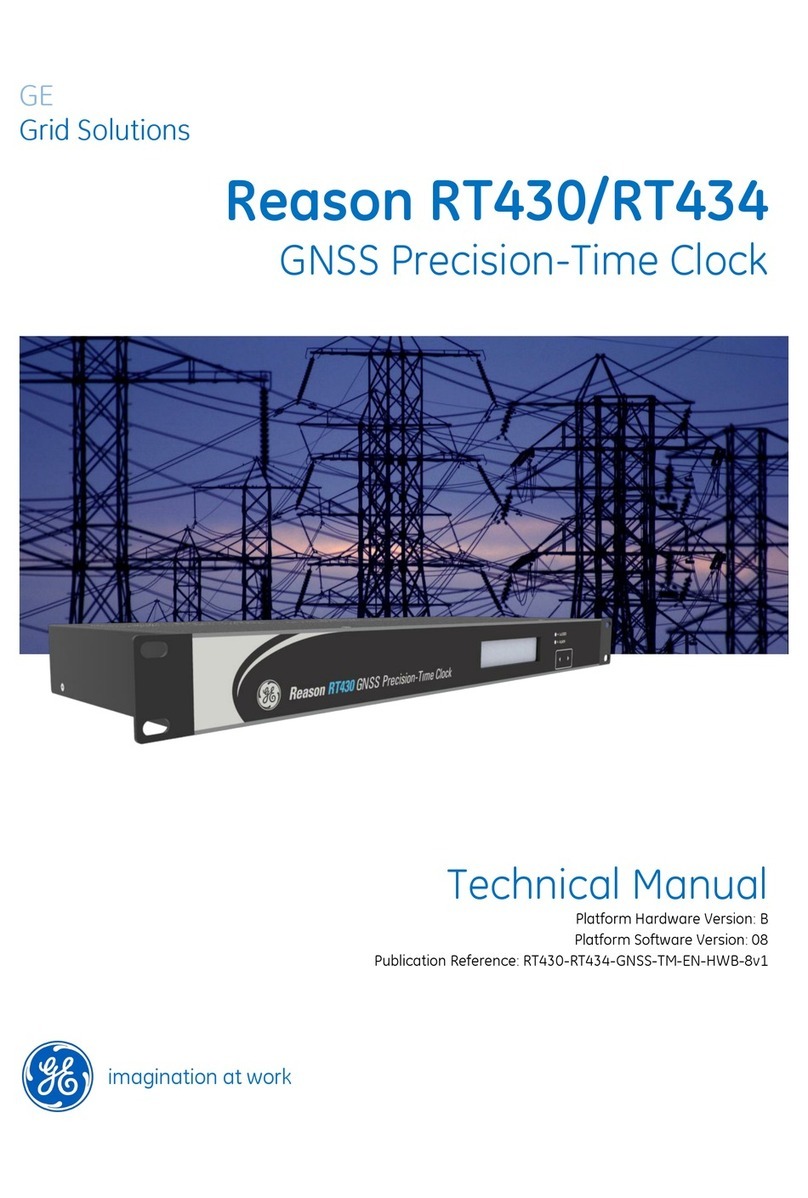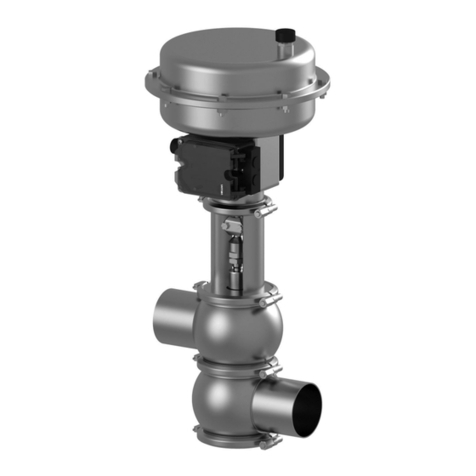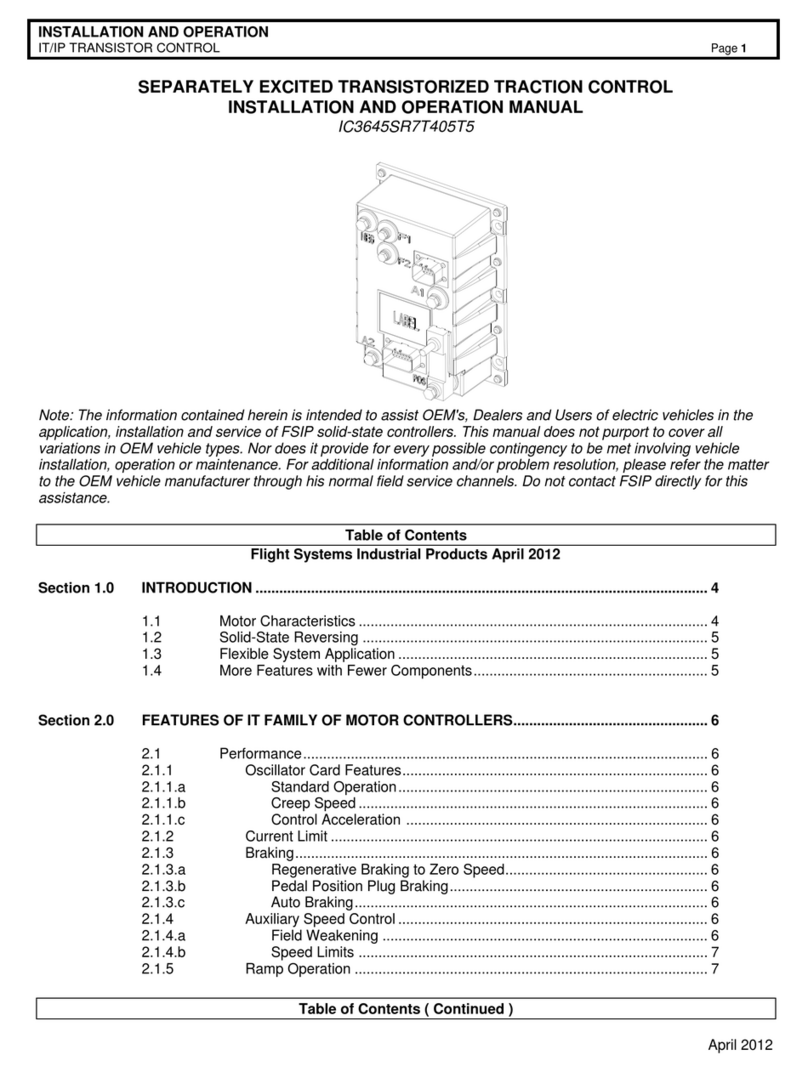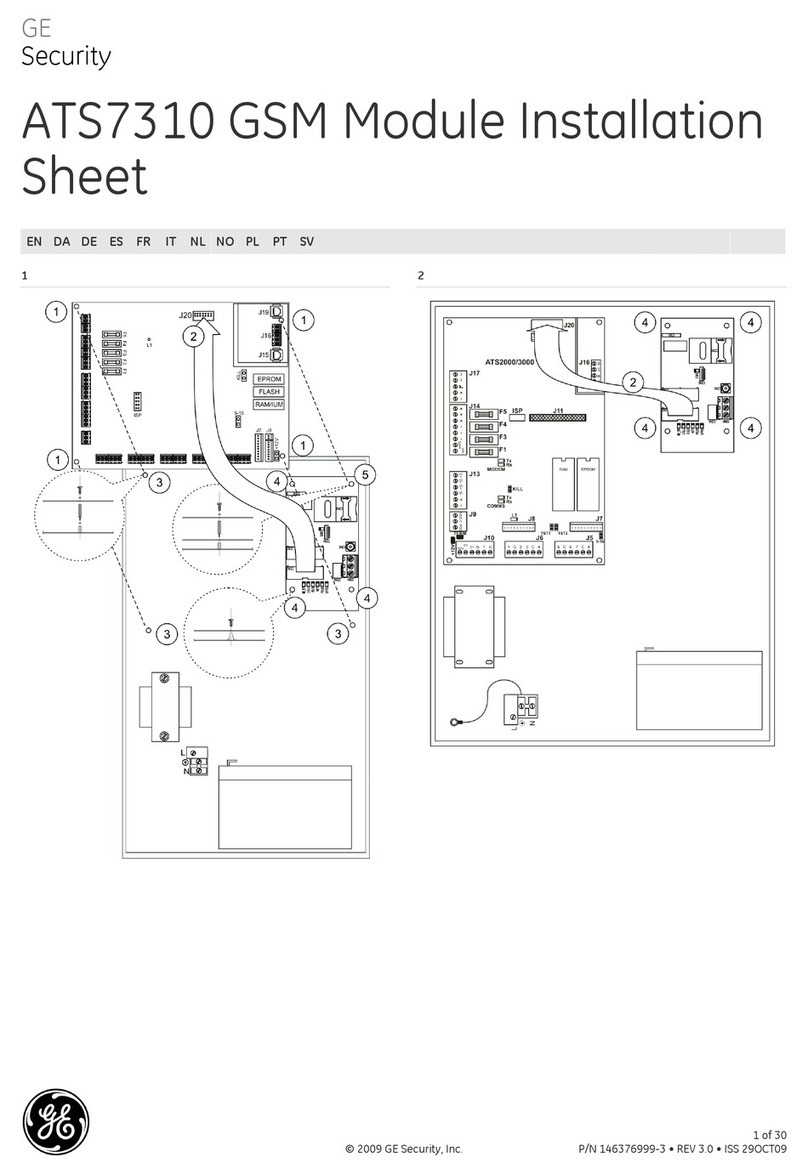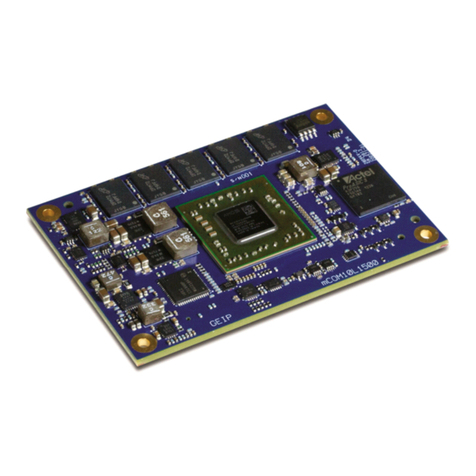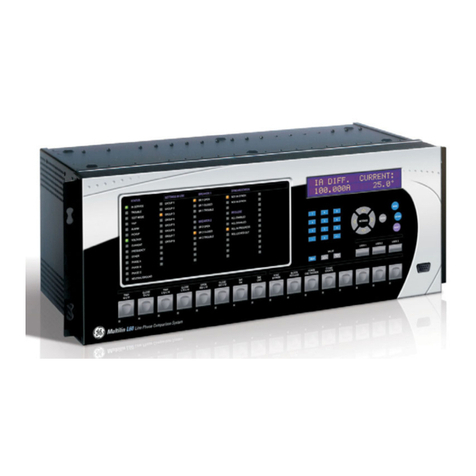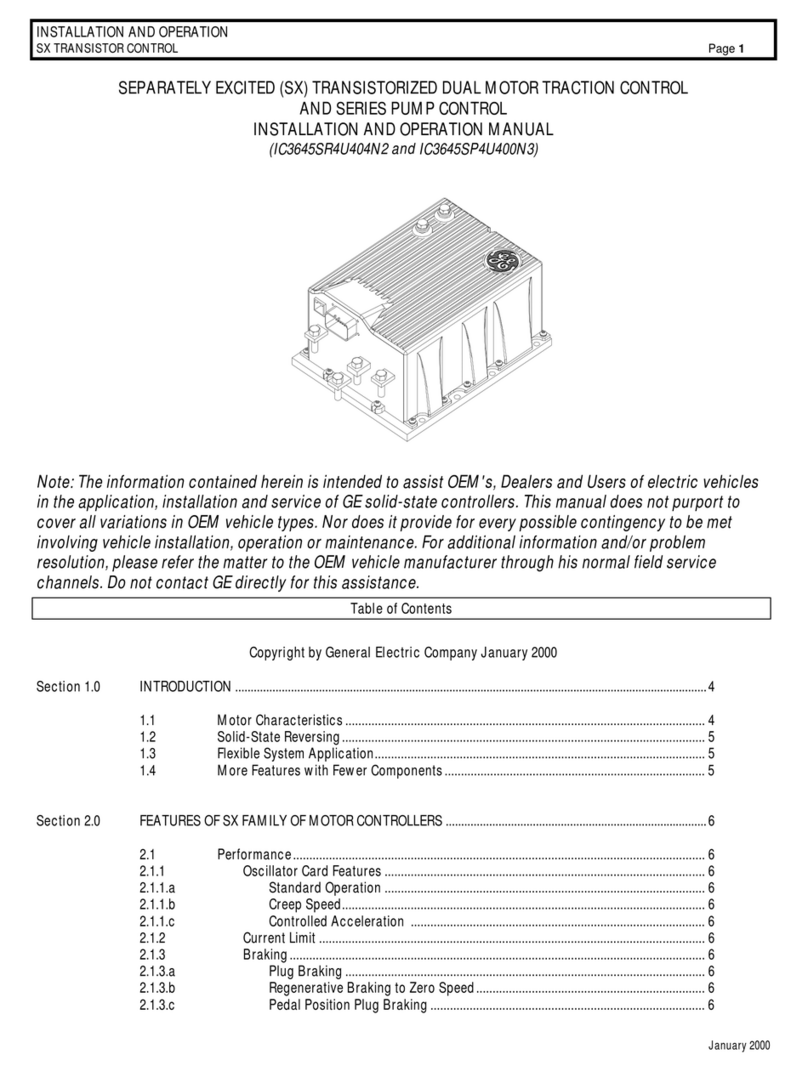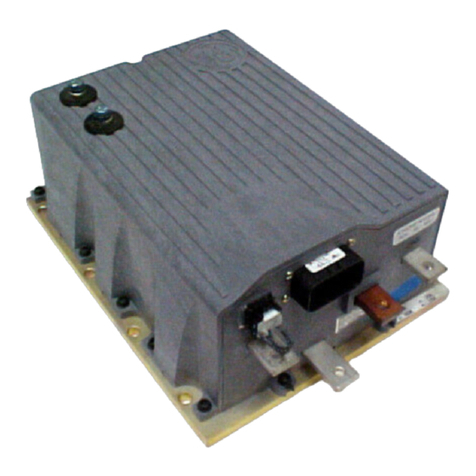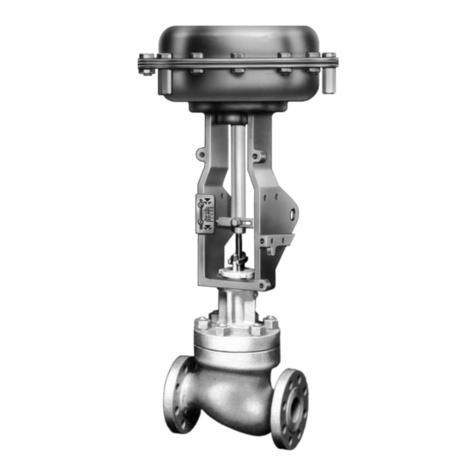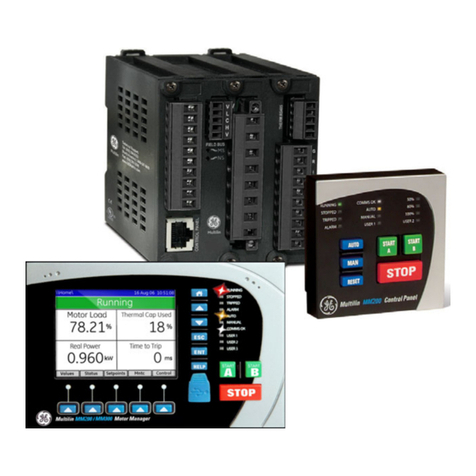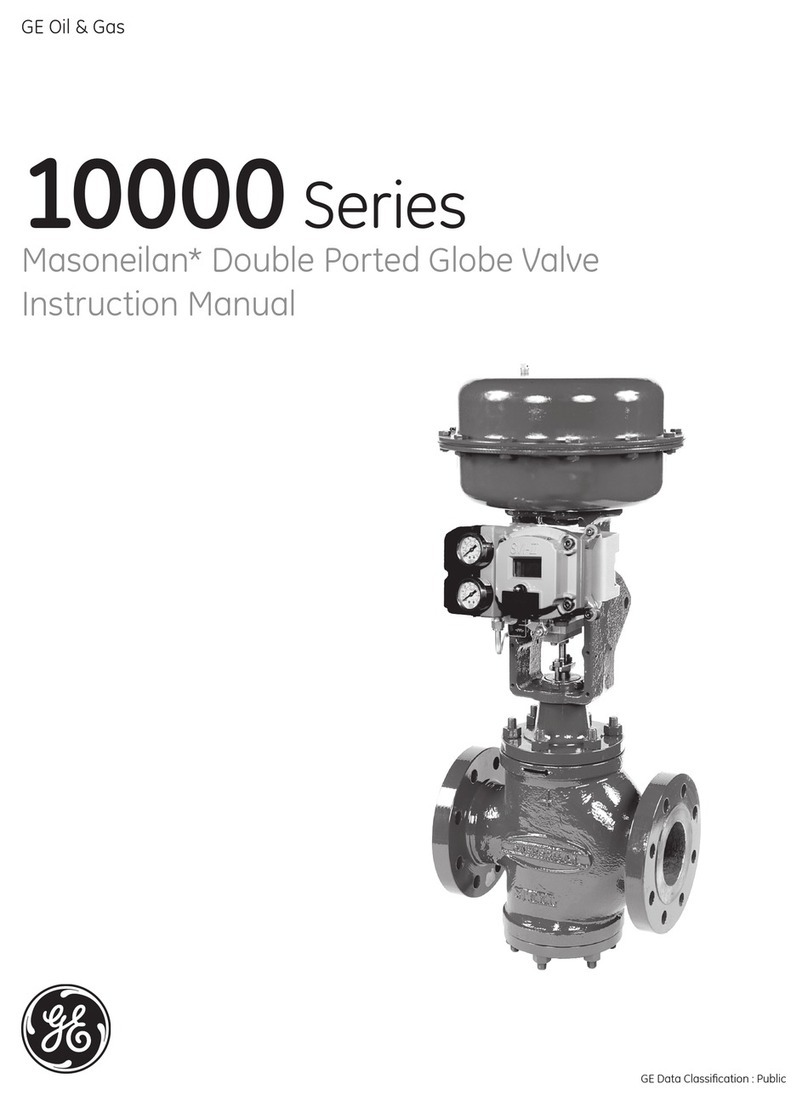
2.4.1 Directional Elements 180
2.4.2 Non-directional Elements 180
2.5 Low Impedance REF Protection 180
2.6 High Impedance REF Protection 180
2.7 High Impedance Busbar Protection 181
2.8 Use of Metrosil Non-linear Resistors 181
2.9 Use of ANSI C-class CTs 183
Chapter 10 Voltage Protection Functions 185
1 Chapter Overview 187
2 Undervoltage Protection 188
2.1 Undervoltage Protection Implementation 188
2.2 Undervoltage Protection Logic 189
2.3 Application Notes 190
2.3.1 Undervoltage Setting Guidelines 190
3 Overvoltage Protection 191
3.1 Overvoltage Protection Implementation 191
3.2 Overvoltage Protection Logic 192
3.3 Application Notes 192
3.3.1 Overvoltage Setting Guidelines 192
4 Rate of Change of Voltage Protection 194
4.1 Rate of Change of Voltage Protection Implementation 194
4.2 Rate of Change of Voltage Logic 194
5 Residual Overvoltage Protection 196
5.1 Residual Overvoltage Protection Implementation 196
5.2 Residual Overvoltage Logic 197
5.3 Application Notes 197
5.3.1 Calculation for Solidly Earthed Systems 197
5.3.2 Calculation for Impedance Earthed Systems 198
5.3.3 Neutral Voltage Displacement (Nvd) Protection Applied To Condenser Bushings (Capacitor Cones) 199
5.3.4 Setting Guidelines 203
6 Negative Sequence Overvoltage Protection 204
6.1 Negative Sequence Overvoltage Implementation 204
6.2 Negative Sequence Overvoltage Logic 204
6.3 Application Notes 204
6.3.1 Setting Guidelines 204
7 Positive Sequence Undervoltage Protection 206
7.1 Positive Sequence Undervoltage Implementation 206
7.2 Positive Sequence Undervoltage Logic 206
8 Positive Sequence Overvoltage Protection 207
8.1 Positive Sequence Overvoltage Implementation 207
8.2 Positive Sequence Overvoltage Logic 207
9 Moving Average Voltage Functions 208
9.1 Moving Average Undervoltage Logic 208
9.2 Moving Average Overvoltage Logic 209
9.3 Moving Average Zero Sequence Voltage Logic 209
9.4 Moving Average Positive Sequence Voltage Logic 209
9.5 Moving Average Negative Sequence Voltage Logic 210
9.6 Moving Average Undervoltage Blocking PSL 210
10 Voltage Vector Shift Protection 211
10.1 Application Notes 211
10.2 Voltage Vector Shift Calculations 211
Chapter 11 Frequency Protection Functions 215
1 Chapter Overview 217
Contents P14D
vi P14D-TM-EN-8
